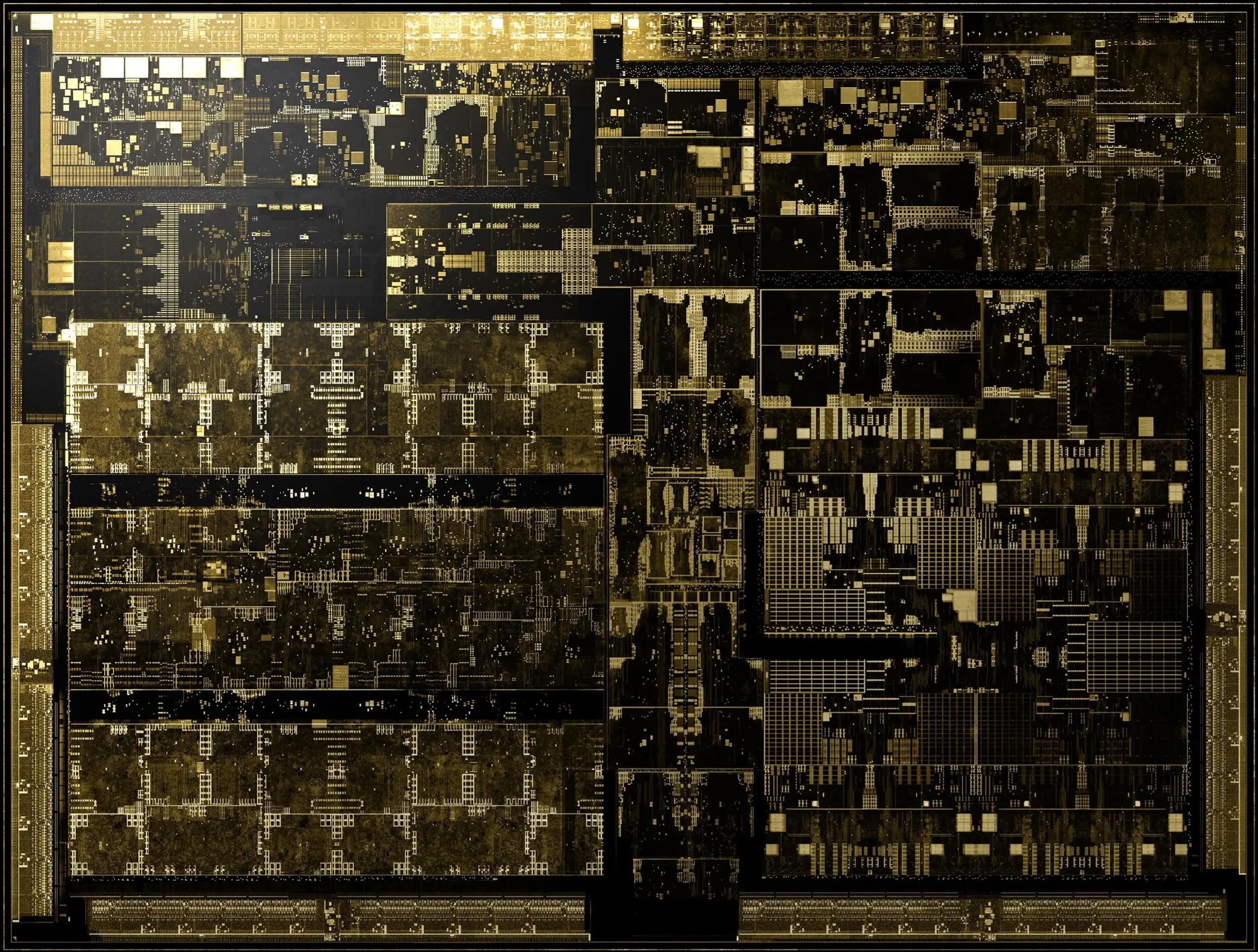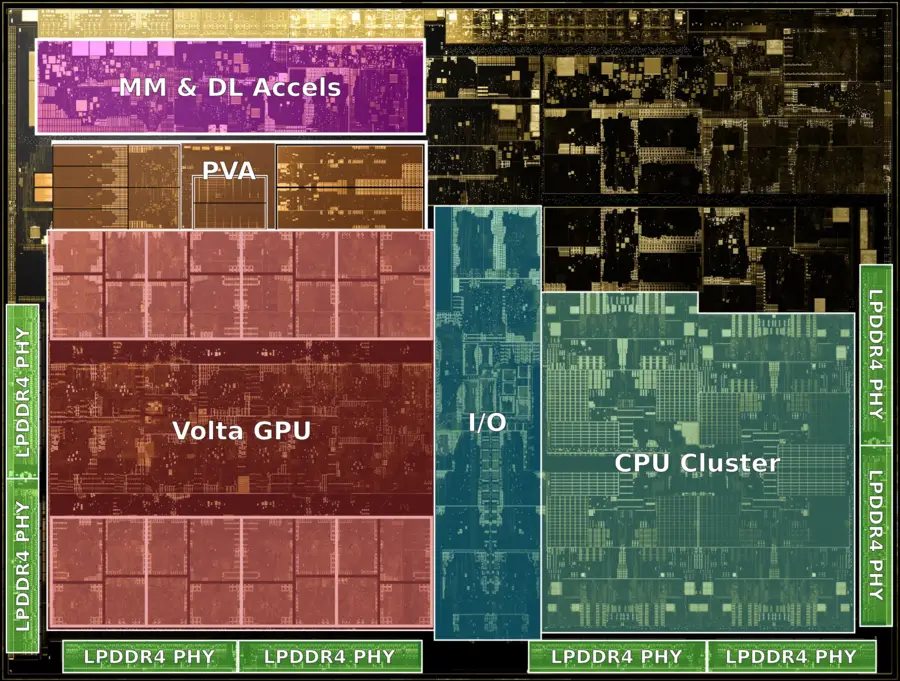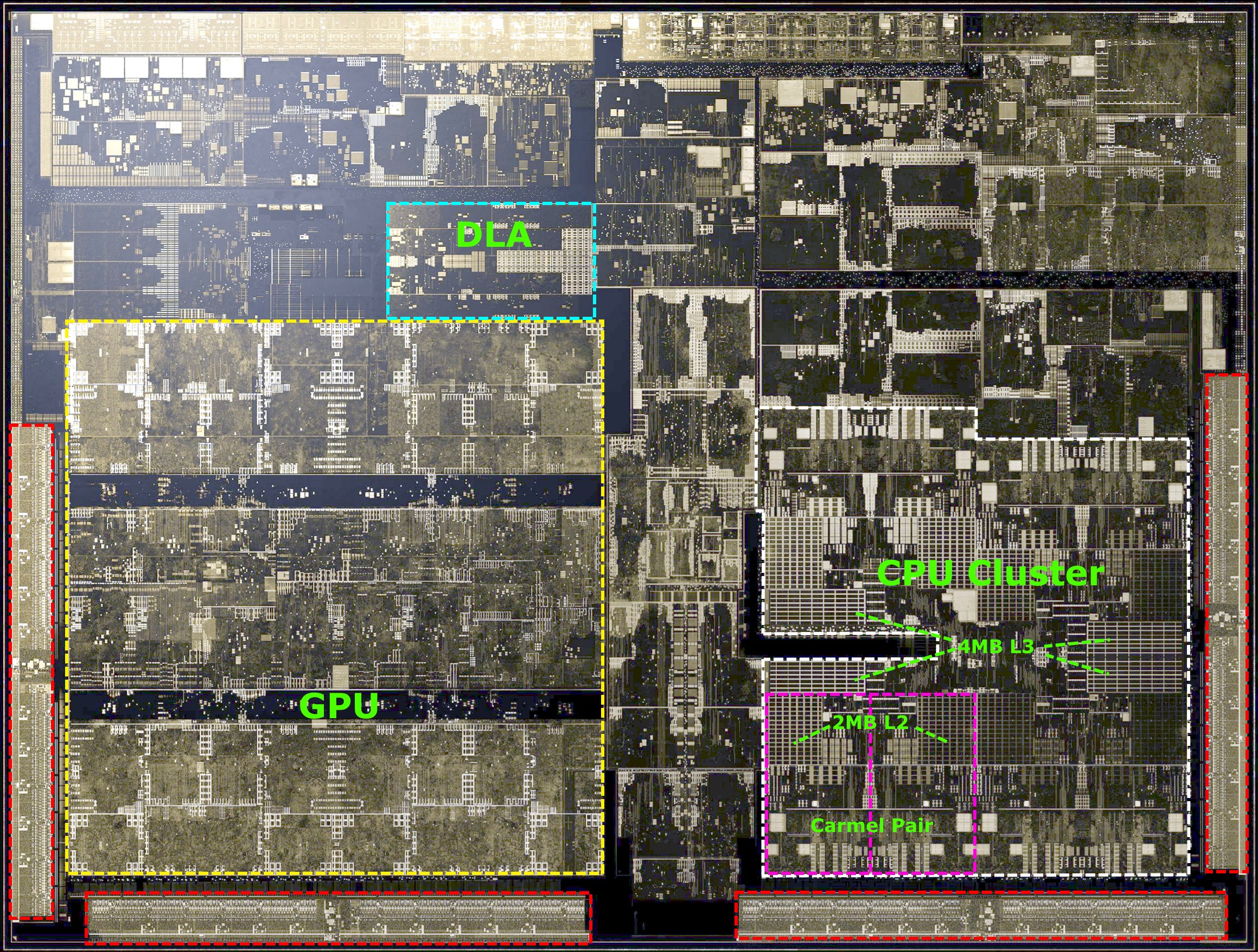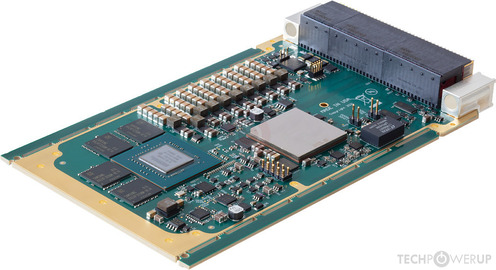We use the 15W TDP as the base expectance for the device in docked mode, as we know Nintendo won't clock it really high and were really pushing it with the OG switch that was already hitting the ceiling as is. The Tegra X1 had thermal issues as a result of the node it was on and the CPU cores it has were inefficient on top of that. Samsung 8nm does not suffer from the same thermal issues as the TX1 and neither does the A78 compared to the A57. Both are dramatically more advanced and efficient for their roles. One being denser the other being more performant.
+20W in docked mode and you likely run into issues where the fan cannot keep up with the cooling and over time you will need to replace that tiny fan as it would be pushed closer to the limit. There is a possibility of throttling here and should be taken into account which would mess with performance. There's also a battery to consider, as those do get affected by heat, and the OLED display too.
ORIN NX has as low of 10W and a max of 25W in TDP, but it also has a bunch of other elements, and that's with a CPU clocked as high as 2GHz and a GPU as high as 1GHz. The GPU is likely what makes up most of the power consumption of the the device, so clocking it say to around the same as the switch in docked and portable could perhaps bring power draw down by a few watts in docked and portable mode. This includes the RAM which goes to 3200MHz.
In docked mode we have to account for other things too that consume power. So, Wifi, BT, thermal detector, things like that. They are likely small, but point being that they consume a power draw.
Oh and the fan also consumes power, can't forget that
NV has this with respect to ORIN AGX, thus it also applies to ORIN NX:
"Like other Jetson Modules, Jetson AGX Orin is designed with a high efficiency Power Management Integrated Circuit (PMIC), voltage regulators, and power tree to optimize power efficiency. Jetson AGX Orin supports three optimized power budgets: 15W, 30W, and 50W.
Each power mode caps various component frequencies, and the number of online CPU, GPU TPC, DLA, and PVA cores. Customers can leverage the nvpmodel in Jetson Linux to use one of these pre-optimized power modes or to customize their own power mode within the design constraints provided in our documentation."
source:
https://www.nvidia.com/content/dam/...in/nvidia-jetson-agx-orin-technical-brief.pdf
I'm of the few that think they should go crazier with the CPU clock speed and remain modest with the GPU Clock speed as this will gain more GPU cores to handle a task, but CPU can determine the level of support in the longterm IMO. Engine support is crucial for such a device. It likely already supports everything XB1 supports engine wise for the hardware. So keeping the same clocks that the current switch has but for the GPU, and while increasing the amount of CPU cores, they also increase the CPU clock speed, just not over 2GHz since it seems like the cap.
Engines such as Unity, UE4+5, Frostbite, RAGE, CryEngine, RE Engine, Luminous Engine, Dawn Engine, etc., can allow for games of old to be brought to the device. Those that will continue supporting these engines in use would be able to include this Dane model in their SKUs, perhaps.
Also, the CPU cores would consume a lot less than the GPU would, docked or not, and would be locked to a frequency, GPU and RAM speed would be fluid and change between docked and handheld mode.
Dakhil and me spoke earlier about hoping for a larger battery as it lets them stretch their legs a little more, and 16% more battery allows them to add extra time to what they can work with.
I think, 5-9W portable and 10-20W docked is reasonably what I would want, but I do expect 15W if it can't reach it without issues cropping up. Like throttling.







